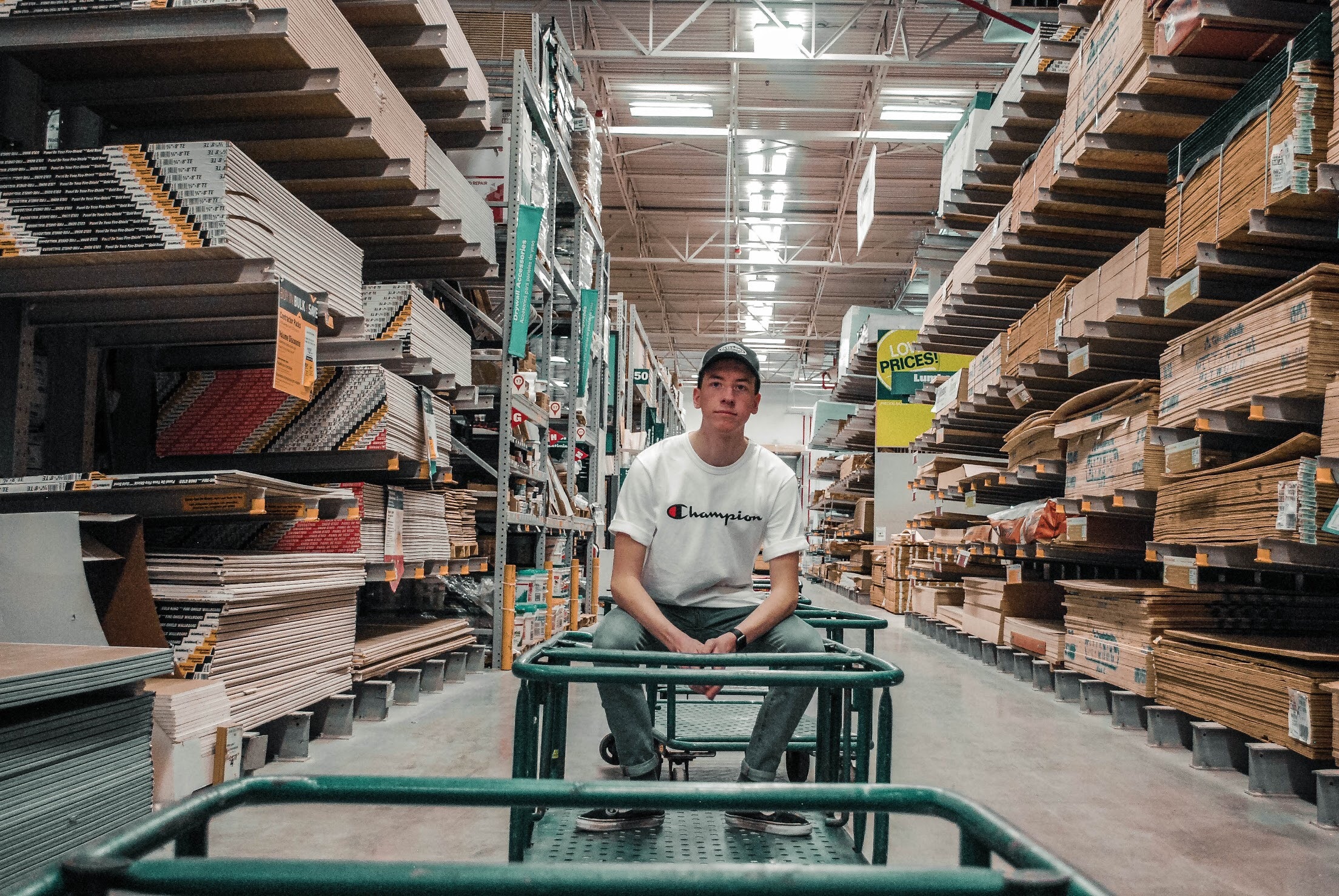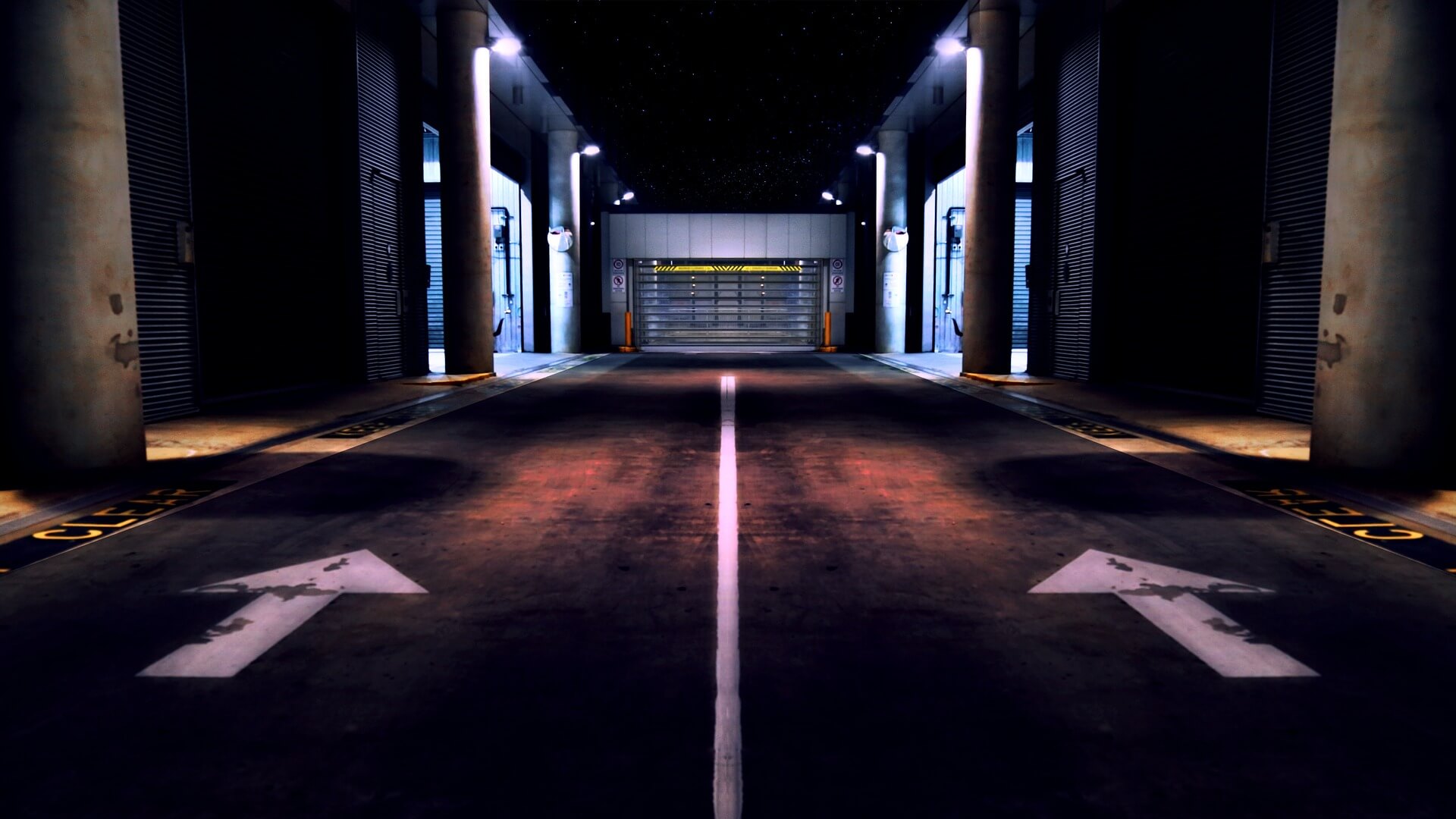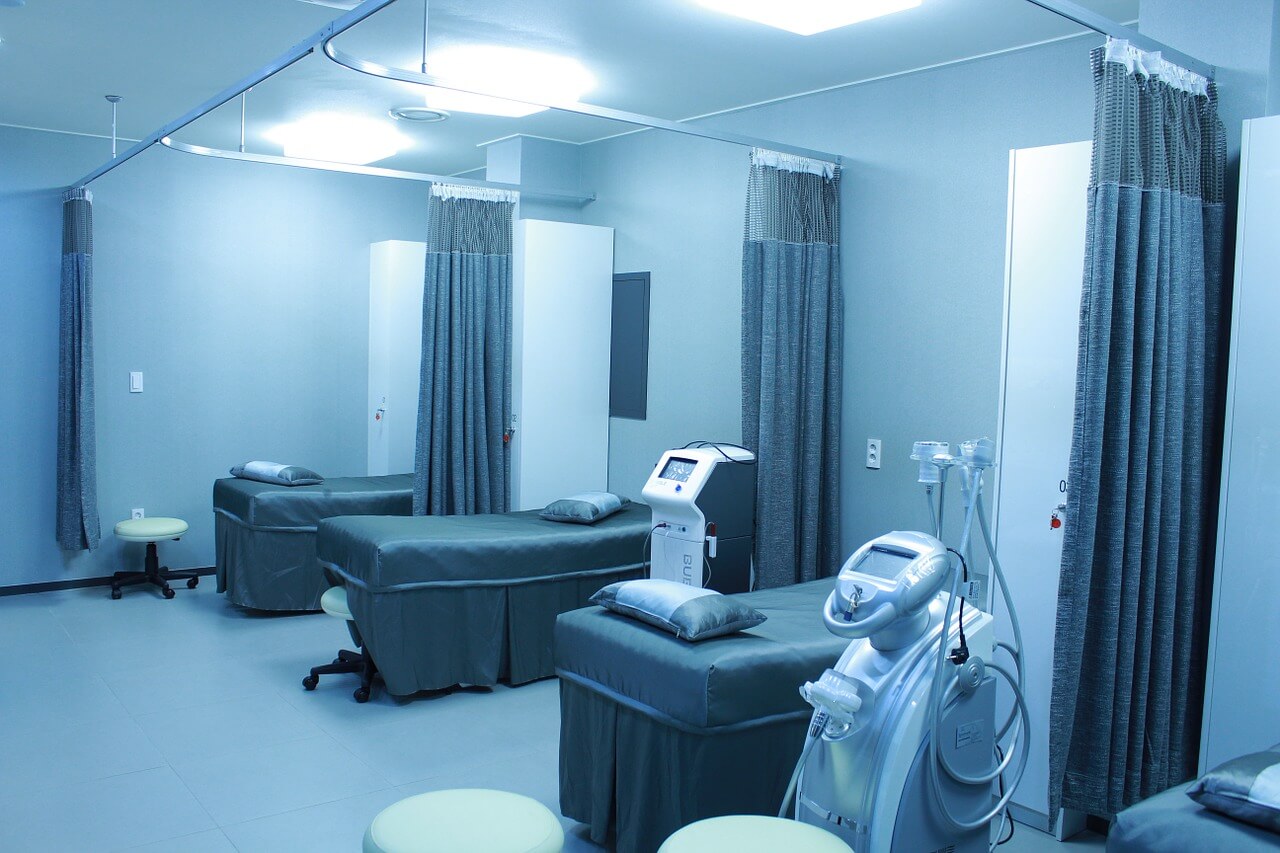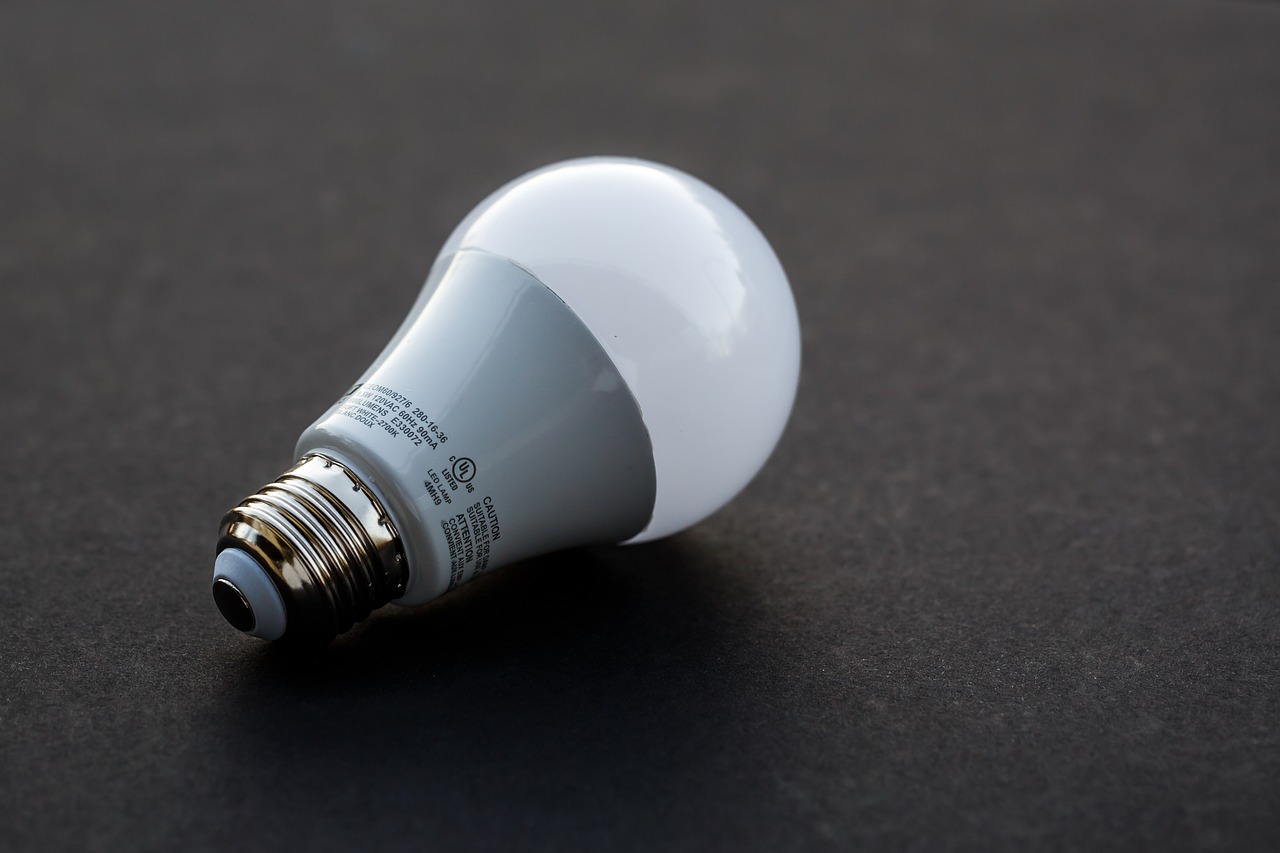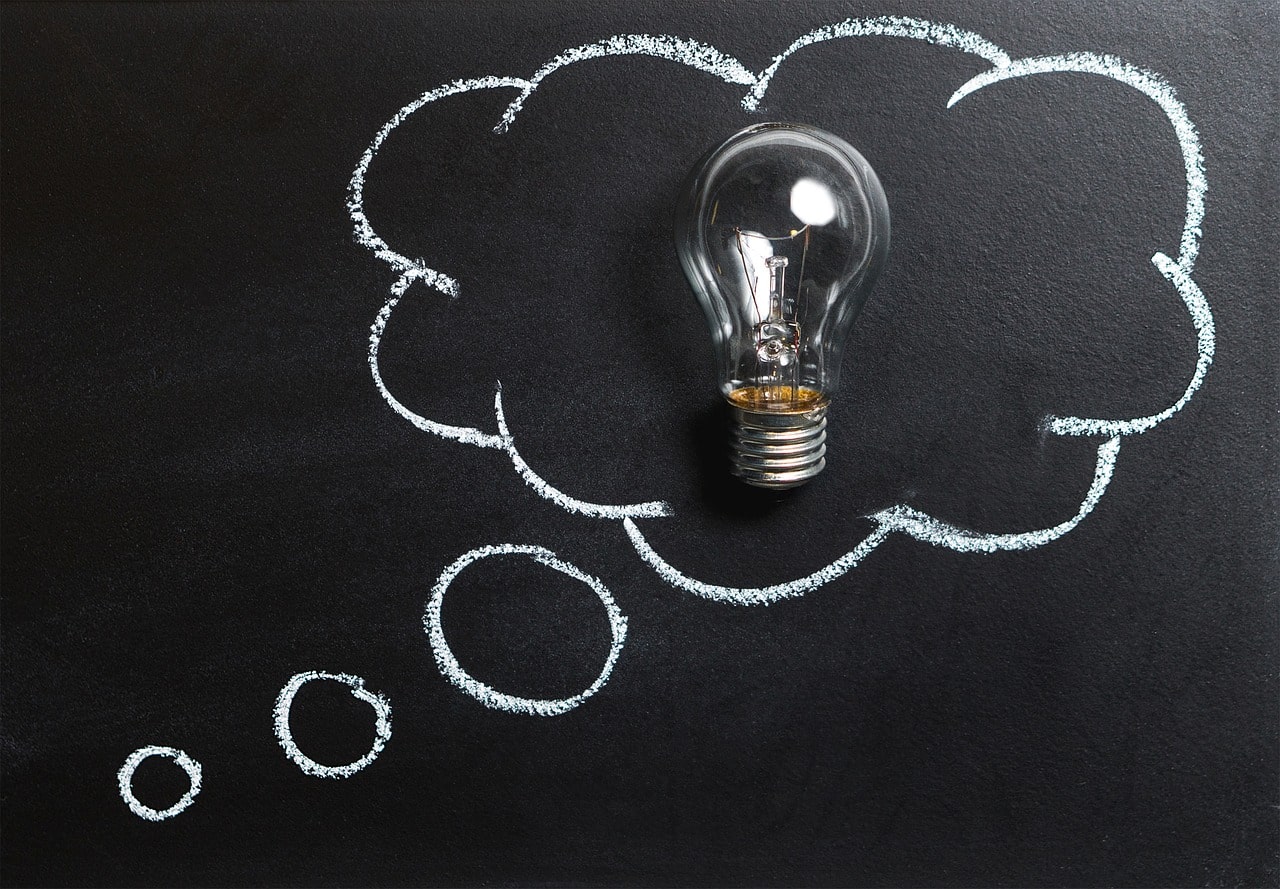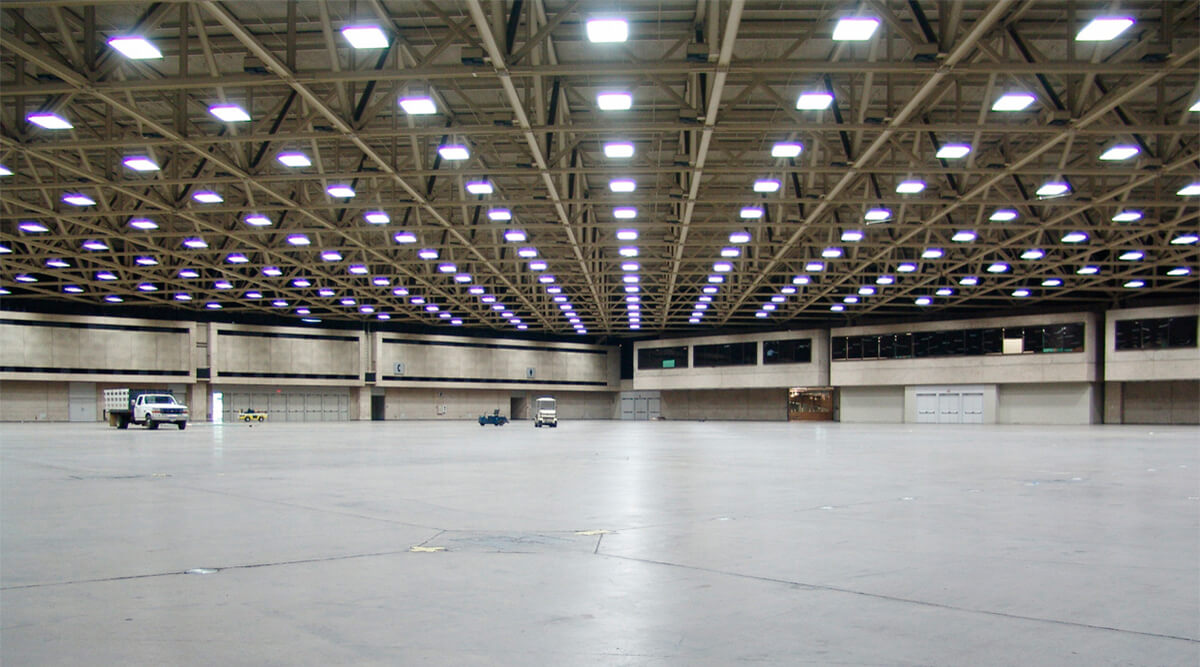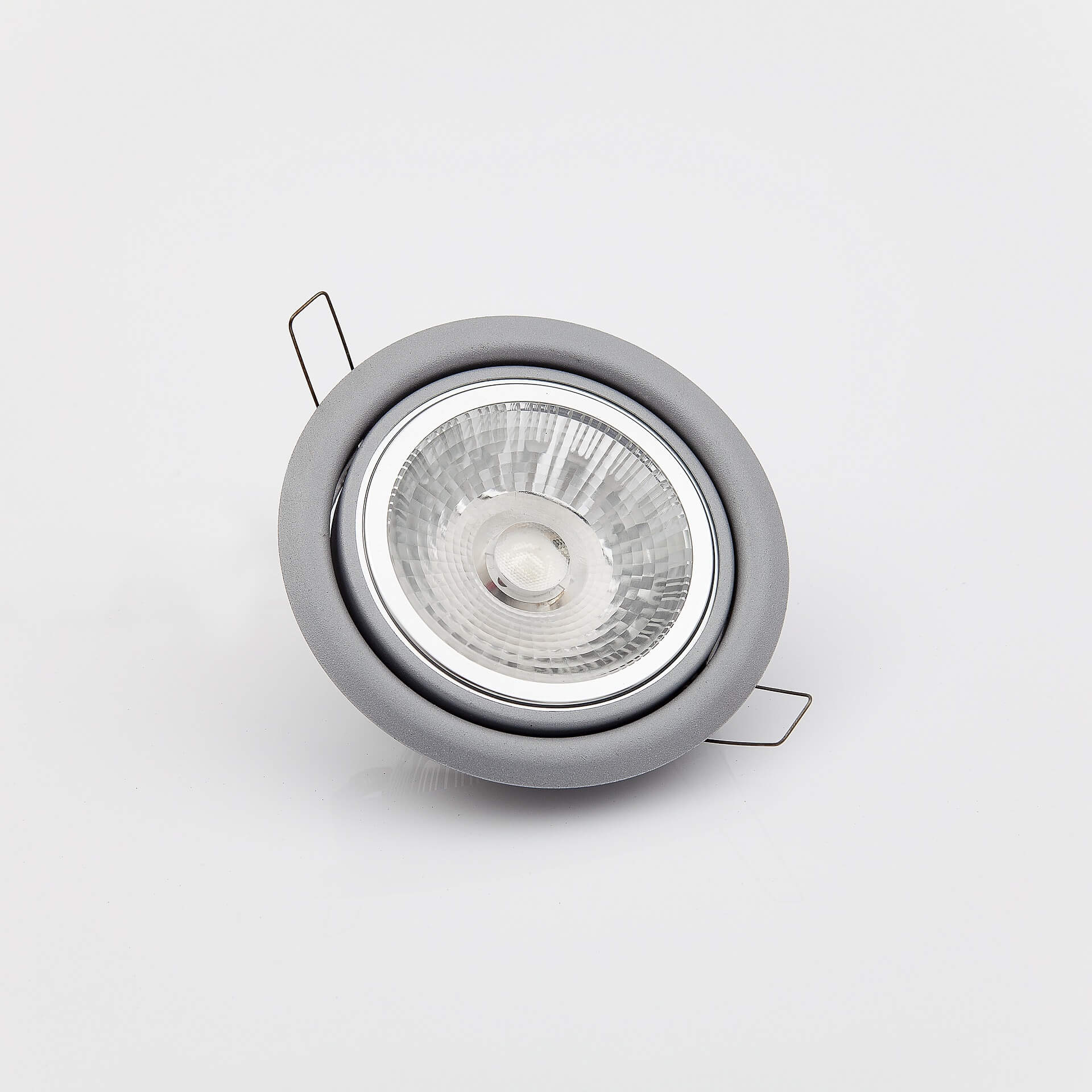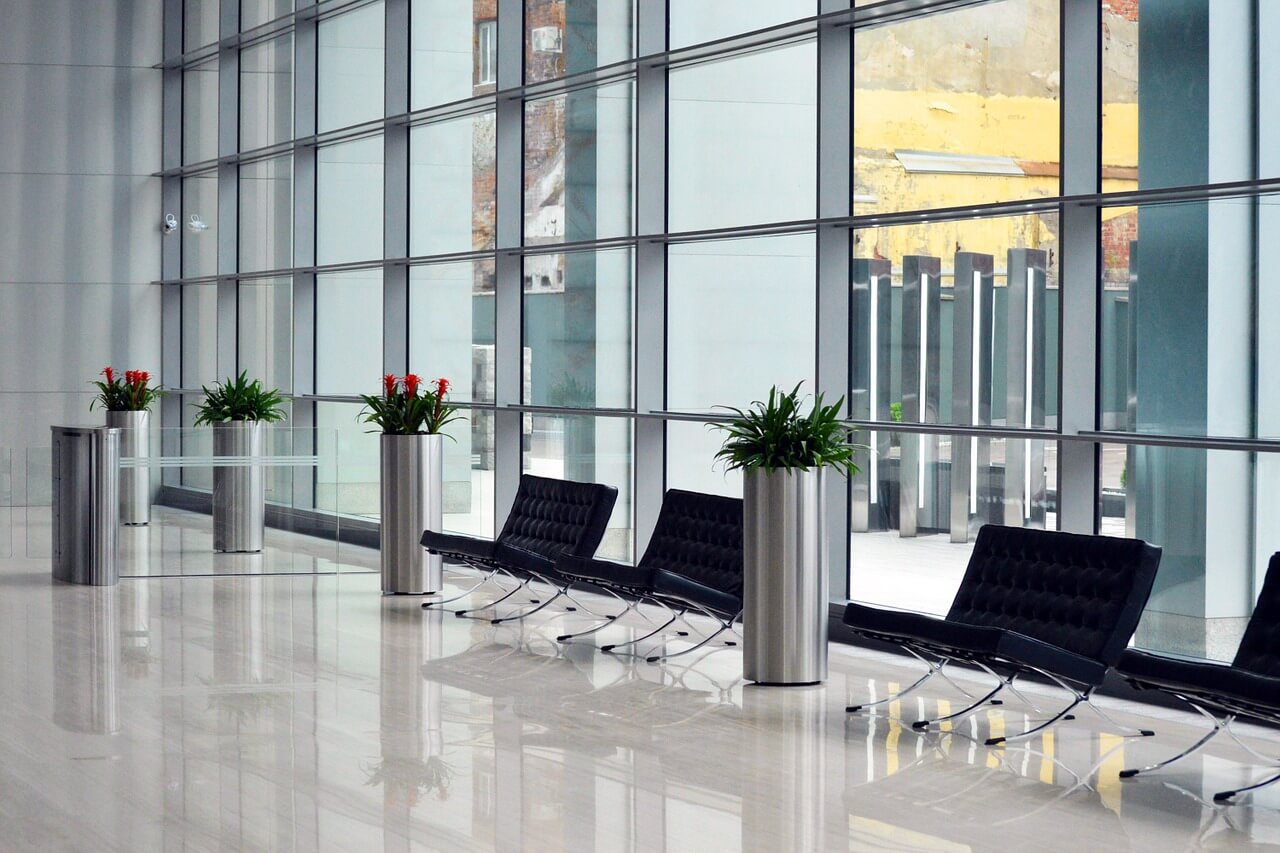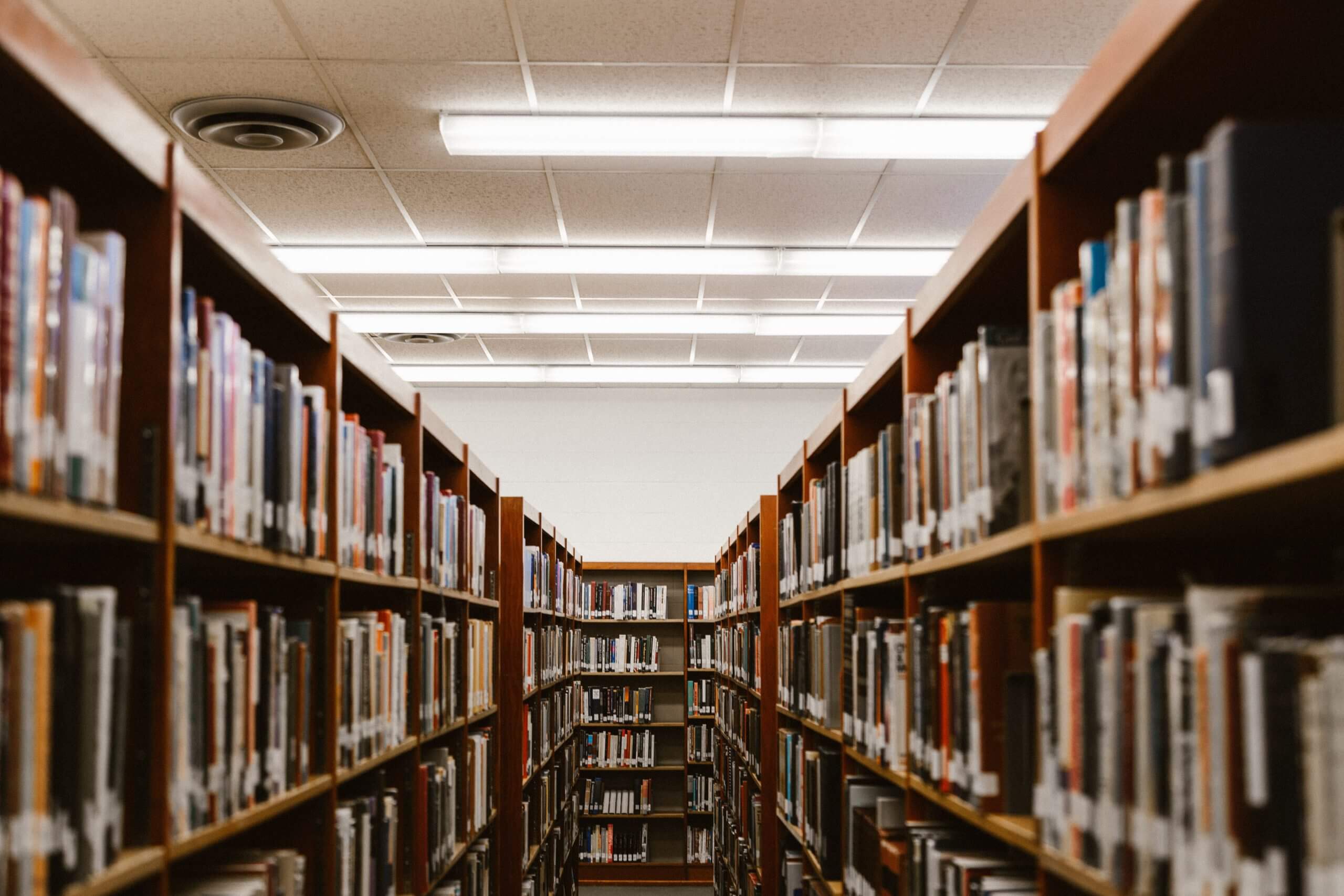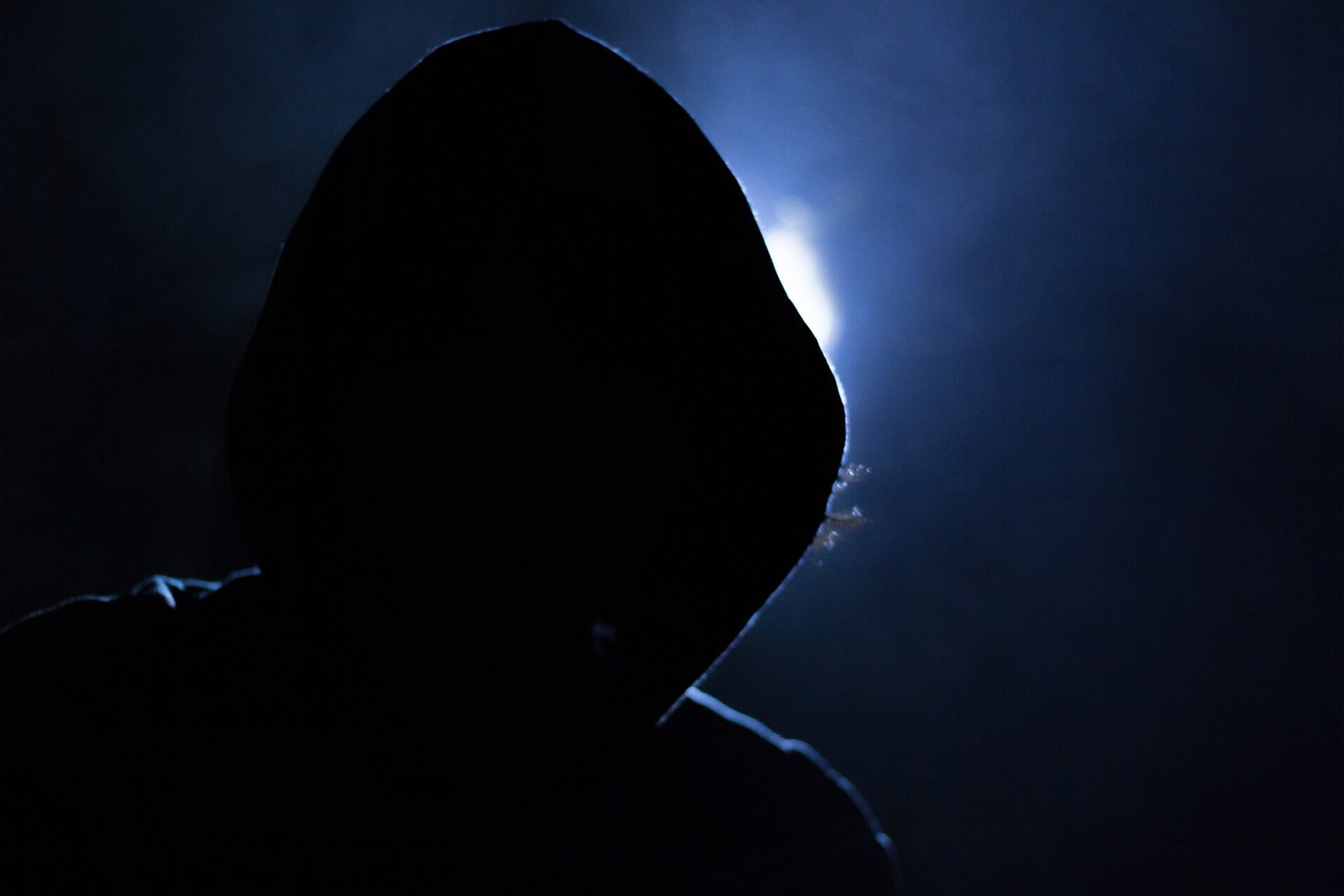One of the real workhorses in the LED lighting industry is commercial lighting. Lights that are used in the commercial industry need to be able to withstand the heavy flow of traffic in various areas, in addition to having enough efficiency to illuminate extra lighting and signs. Commercial lighting should do more than provide customers with the comfort level and safety they need, but the commercial lighting should also be appealing enough to attract the attention of those who are passing by.
There are many business owners that make the decision to use traditional signs and lighting for these type of tasks, but we suggest using something that will provide you with better results. As a commercial business owner, you are going to need lighting that is more enticing, efficient, and durable. The commercial lighting you need for your location should also be easy to customize so it can flexible enough to complement the style of your business.
Unlike the traditional lighting options you may have used in the past, LED fixtures will allow you to customize the look of our fixtures. When you have this type of versatility, the LED lights you use in your commercial property can create a variety of light colors that will be able to fit in any space. With the versatility of LED lighting, you can enjoy a variety of activities under the perfect lighting and colors.
LED lighting has become an option that is not only stylish and convenient but affordable as well. Since LED lighting fixtures do not require as much electricity as the traditional lights, LED lights will continue to be a budget-friendly and energy efficient option. When you use the latest and greatest LED technology, your lights will be able to produce over 50,000 hours of illumination. This means you can ultimately get up to 5 years of use with LED lighting.
If you would like more information on our LED lighting services, please do not hesitate to contact us today.

